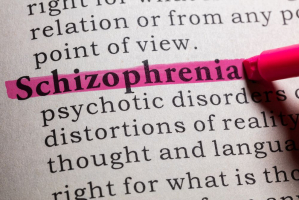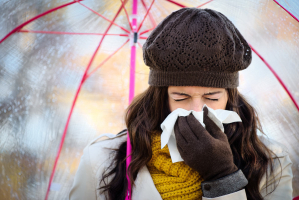Top 10 Common Misconceptions about Healthcare
Our understanding of health and healthcare has advanced significantly since the days when the majority of medical issues were treated by just "not worrying ... read more...about it." The typical person understands a lot more about healthcare than ever before thanks to the medical advances of the last few centuries. But not all of that information is true. Some of the outdated myths persist despite the fact that science and technology are advancing our understanding of our own bodies more quickly than we can keep up with them.
-
Due to the presence of so-called omega-3 fatty acids, which are thought to be beneficial for the heart, fish oil is frequently recommended as a fantastic dietary supplement to prevent heart problems. However, there hasn't been much research done on the subject. However, if a recent study is to be believed, neither fish oil nor omega-3 fatty acids in general help to lower the chance of developing cardiac disease and may even be detrimental to the heart.
In a study involving nearly 13,000 participants, the researchers discovered that recipients of fish oil had a similar chance of suffering a cardiovascular event, most frequently a heart attack, as recipients of a placebo. In addition, 67% of people who took fish oil had abnormal heartbeats called atrial fibrillation.

Image by Pixabay via pexels.com 
Image by Pixabay via pexels.com -
Women who are pregnant are frequently advised to double their diet because they must now "eat for two." It makes intuitive sense that since you are now carrying another human inside of you, you must consume an additional meal to provide for them.
That is obviously untrue because a baby growing inside the womb is not the same as an adult. Although it varies on a number of variables, on average, pregnant women only need an additional 300 calories per day to create enough nutrients and food for the baby. This is equal to one slice of whole grain bread and one tablespoon of peanut butter.
Additionally, eating too much when pregnant might result in extra health issues like gestational diabetes, high blood pressure, and backaches.

Image by Daniel Reche via pexels.com 
Image by Andre Furtado via pexels.com -
There is a common belief that using your mind's power, you can improve. Of course, not everyone who holds that view believes that the mind's strength of concentration is sufficient to eradicate bacteria and viruses. Though many of us secretly assume that "positive thinking" will solve our physical issues if used in conjunction with medications and appropriate healthcare.
But in purely scientific terms, the idea has no foundation in reality. Positive thinking can unquestionably enhance the quality of life for those who are living with a sickness, but there is no proof that it has any therapeutic effect. Here, we're not referring to the placebo effect, a unique phenomena that functions more like medication than simply wishing a condition gone.
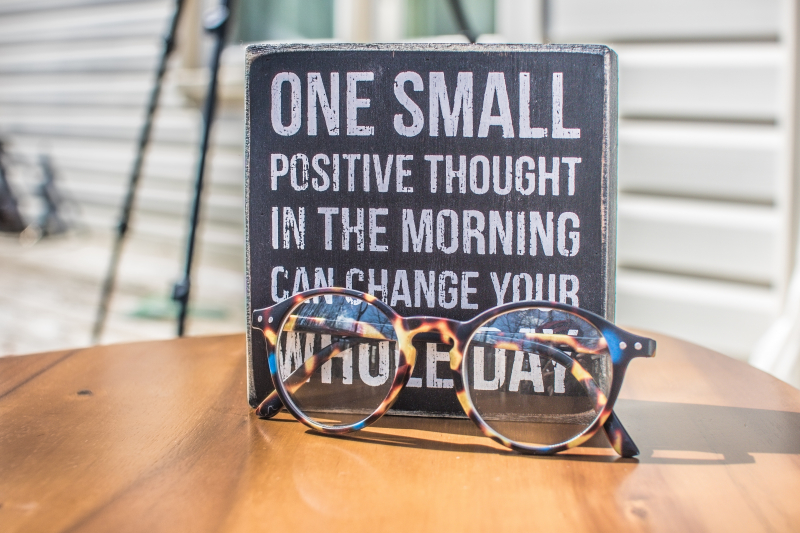
Image by Binti Malu via pexels.com 
Image by Andrea Piacquadio via pexels.com -
Reading in low light is discouraged for children to protect their eyes from long-term damage, according to traditional thought. It sort of makes sense because reading in low light ought to affect the eyes in some way. But if we examine the facts behind it, it turns out to be one of those antiquated, long-debunked general healthcare fallacies.
Even though prolonged reading in low light can certainly lead to short-term fatigue, dryness, or even a mild headache, none of those are serious problems. Although there is no evidence to suggest that it could be detrimental in the long run in any manner, your eye doctor would still likely advise you against it because some of those symptoms may require medication to treat.
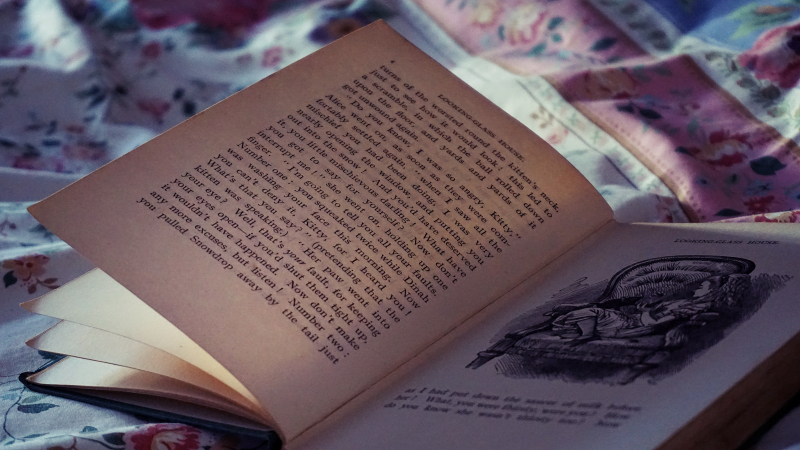
Image by Suzy Hazelwood via pexels.com 
Image by Talha Riaz via pexels.com -
There is ongoing discussion on what a medicine's or drug's expiration date actually implies. Pharmaceutical firms assert that this is the longest period of time over which they can guarantee the efficacy and security of a medicine. However, anecdotal and scientific research shows that expiration dates may not be all that important and that nearly all medications are safe and retain their effectiveness even years after their expiration dates.
Drug corporations typically lack the motivation to evaluate a drug's effectiveness after years on the market in order to update the expiration date, even if it is perfectly simple to do so. On the other hand, expiration dates guarantee ongoing sales because most customers regularly discard old medication because they believe it to be ineffective.
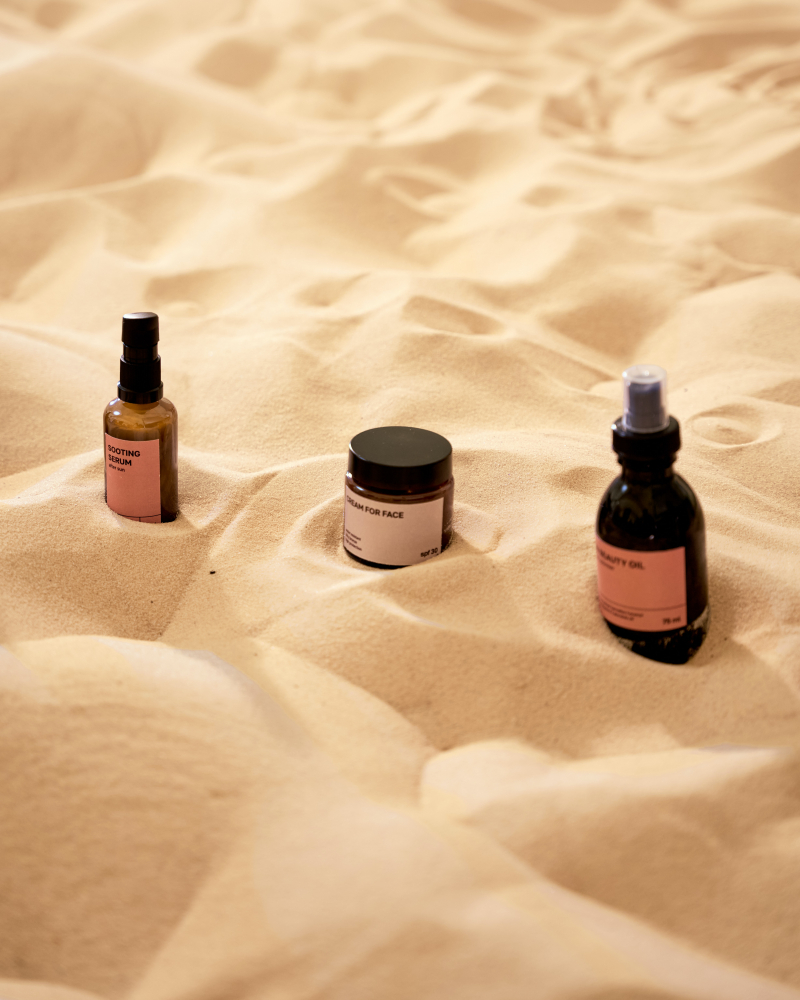
Image by cottonbro studio via pexels.com 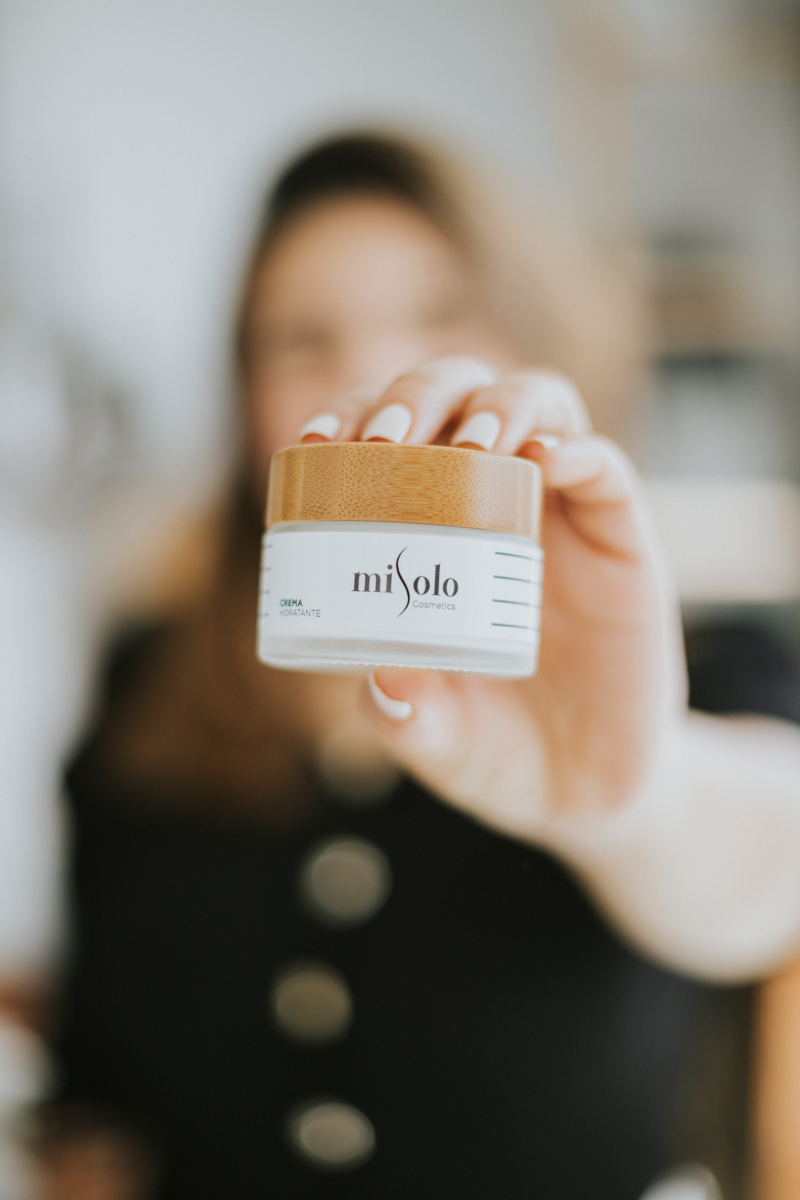
Image by Misolo Cosmetic via pexels.com -
One of the most misunderstood medical procedures is childbirth, possibly because so few of us have ever witnessed it in action. Our knowledge of it is largely derived from television and motion pictures, and they virtually never do it right.
We can discuss the most pervasive delivery myth, the water-breaking procedure, even if it would be difficult to cover all of them here. Contrary to what most of us think, it is not an easy-to-use indicator of when to head straight for the hospital. Many times, the lady is not even aware that her water is breaking; on occasion, it even occurs while she is asleep.
It's absolutely OK to stay at home for a few hours to make the required preparations once it occurs, contrary to the panicked and racing to the hospital we see in the movies, as it typically takes a long time for the contractions to start. Additionally, the water can break while you're in the thick of labor and are likely already at the hospital receiving medical attention.

Image by Büşranur Aydı via pexels.com 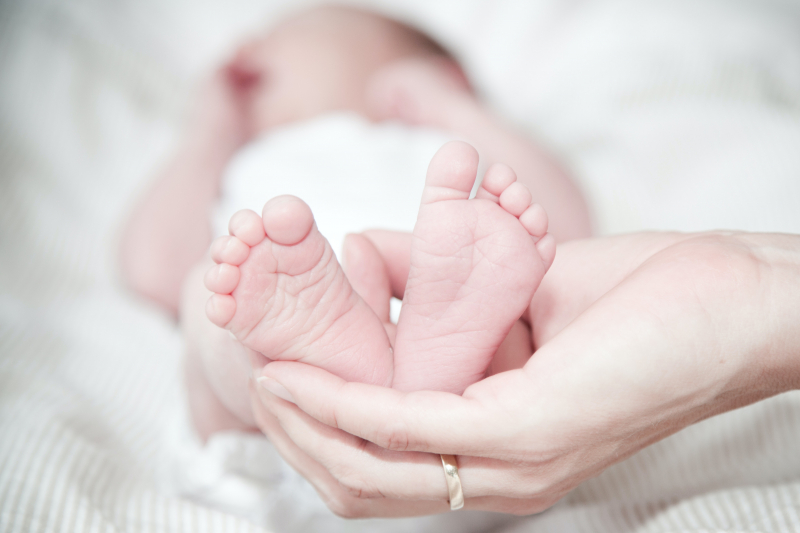
Image by Rene Asmussen via pexels.com -
It makes sense that using ice to treat a burn wound would be effective. Ice is extremely cold, and since burns are created by extremely hot objects, they must cancel each other out. That's probably why so many of us reach for the refrigerator instead of the first aid kit when we get burned.
In truth, the best technique to treat a burn wound is to run it under cool water for 5 to 10 minutes, wash it with soap, and then use an antibiotic, anti-inflammatory cream to reduce the likelihood of infection until you can receive medical treatment. Ice, on the other hand, could make matters far worse because it can have a similar impact to burning on the skin as extremely cold temperatures.
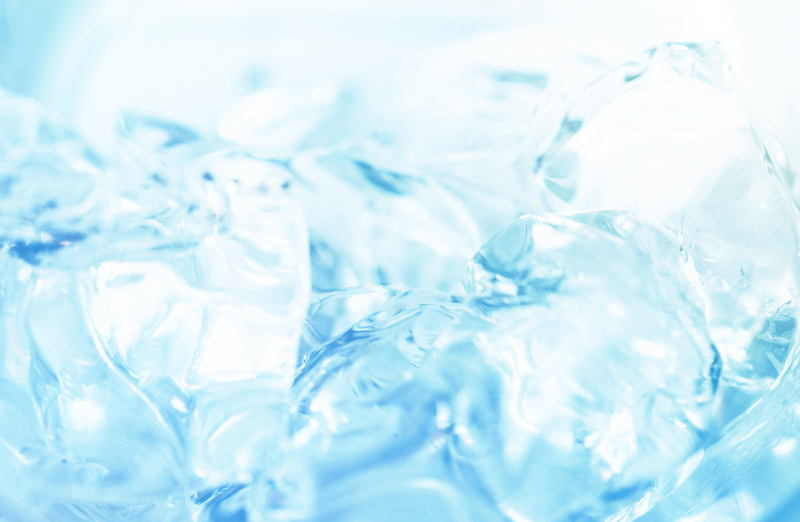
Image by NEOSiAM 2021 via pexels.com 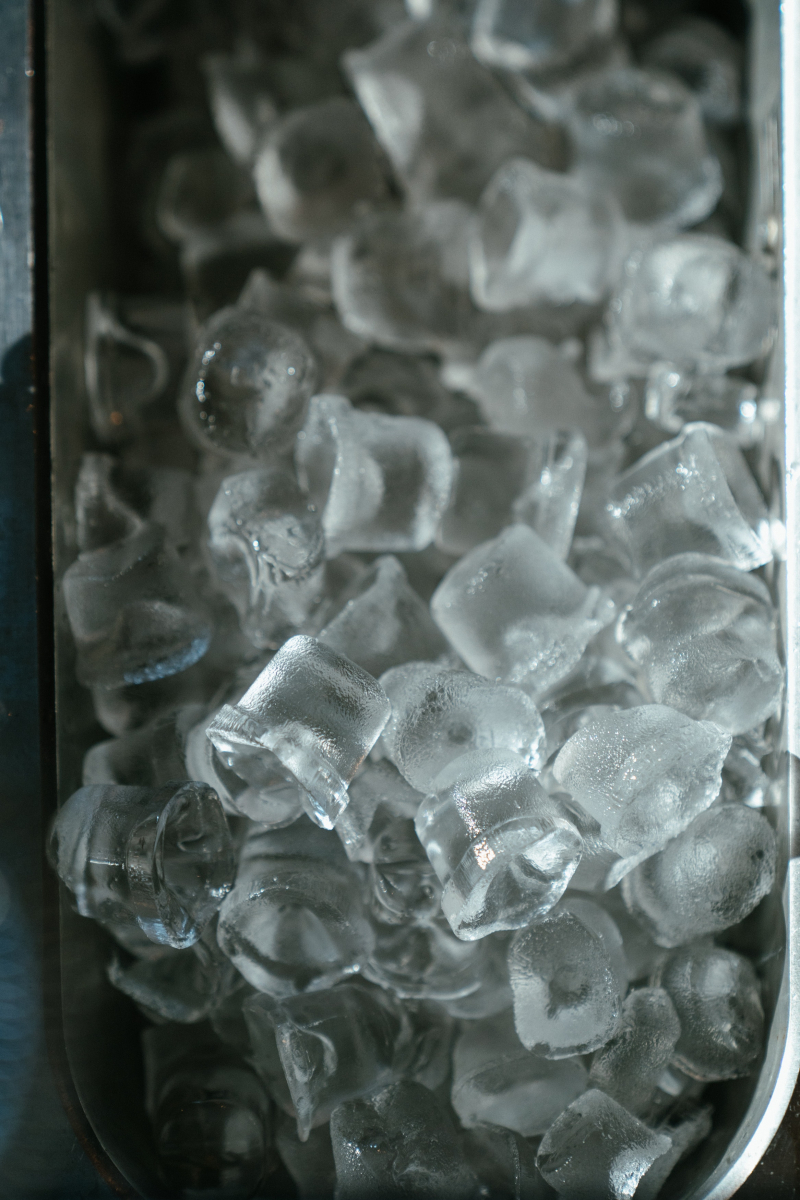
Image by cottonbro studio via pexels.com -
Many of us refrain from using public restrooms out of concern for contracting unknown diseases like STDs. Given that we are hardwired to avoid environments that may harbor dangerous infections, which public restrooms most surely do, it makes evolutionary and hygienic sense.
Even though it's true that some public restrooms shouldn't be used by anyone, there is very little risk of disease transmission from even the worst of them, according to science. The majority of infections we are aware of can't endure on the majority of surfaces long enough to infect the following individual. In the unlikely event that they did live, the only ways they may spread infection are through an open wound or sore, the urethral or vaginal system, or both.

Image by cottonbro studio via pexels.com 
Image by lil artsy via pexels.com -
Movies are the source of some of the most pervasive healthcare fallacies. Although these beliefs actually lead to genuine issues, such as when emergency medical conditions arise, it is obvious that movies are meant to be dramatized representations of reality.
One of them is the idea that a bleeding wound should be burned in some way, generally with an iron rod, in the absence of a hospital nearby. It was frequently depicted in war films, historical fantasies, hospital dramas, and many other genres of films, causing many of us to believe that it was the most effective method for controlling a critical wound.
Burning is a legitimate method for treating some types of wounds, although it's typically used by surgeons and other highly skilled medical professionals on a much smaller scale, with sensitive instruments. It would be unnecessary dramatic to search for a massive, blazing piece of iron to, say, plug an arrow or bullet wound, and it would also make the victim's situation much worse.
While it would undoubtedly halt the bleeding and disinfect the area, a burn would also be caused. As burns are extremely prone to infections, it might have become infected from the air with other, potentially more dangerous bacteria and fungus. In the absence of a trained professional, compressing and dressing a wound is the recommended course of action.

Image by Adonyi Gábor via pexels.com 
Image by Pixabay via pexels.com -
CPR is frequently seen as a miracle treatment for anyone losing consciousness for any reason. It frequently occurs in movies as well: someone passes out in the midst of a flight, the flight attendant frantically asks if anyone knows CPR, someone jumps up, confidently declares, "I do," and skillfully revives the victim.
Since CPR is designed to be delivered in conjunction with other treatments, it almost never functions alone in practice. CPR only works 2% of the time on its own, a far cry from the near 100% success rate depicted in movies. Additional research reveals a success rate that is slightly higher, but still much below what the general public thinks it should be at around 10%.
But that doesn't make it pointless. While CPR typically doesn't work on its own or without an expert, it can increase the survival rate to 40% when used in conjunction with hospital care, EMS care, extra oxygen, etc.
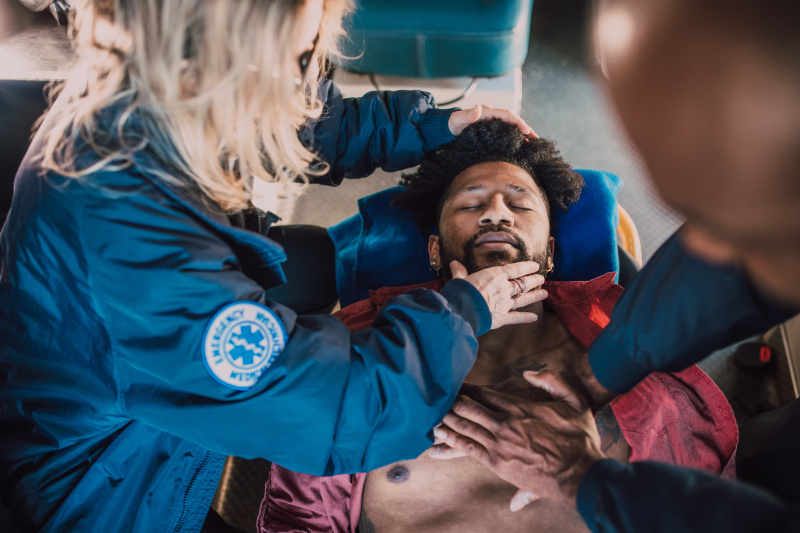
Image by RODNAE Productions via pexels.com 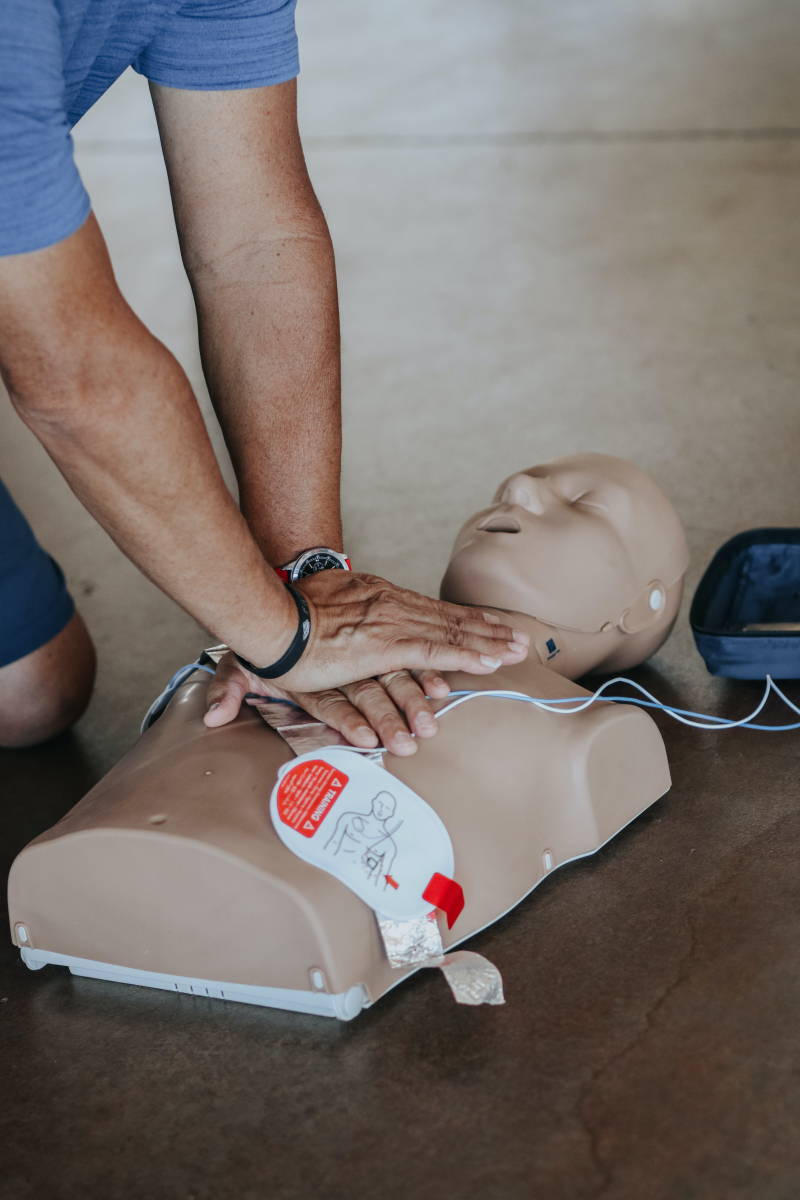
Image by via pexels.com












